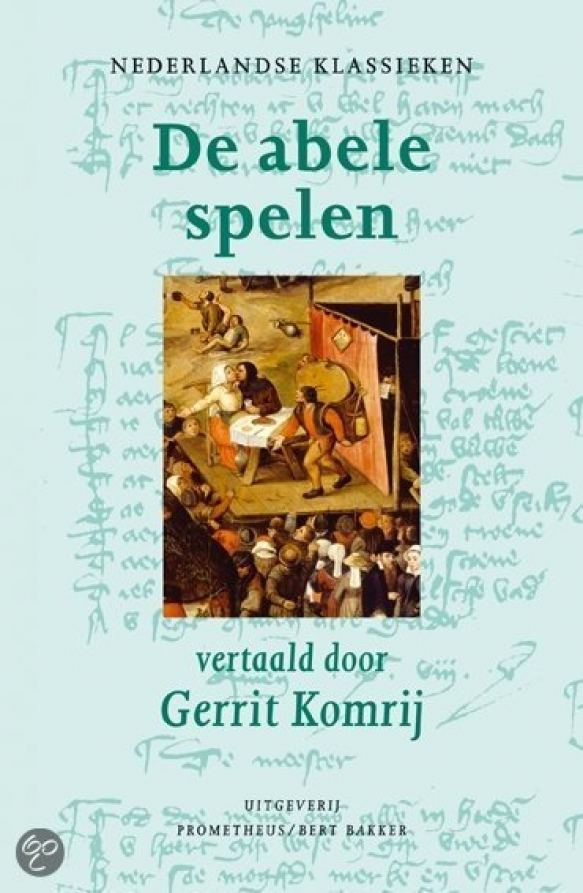 | ||
Abele spelen 2007 het waterhuis rotterdam
The Abele Spelen are a collection of four plays contained in the valuable Hulthemse Handschrift. This manuscript dates from 1410 and is in the collection of the Koninklijke Bibliotheek, the Royal Library in Brussels, Belgium, hs. 15.589-623.
The word ‘abele’ means ‘noble’, the word ‘spelen’ means ‘plays’. In this sense the word ‘noble’ is used as the opposite of ‘religious’, i.e. 'profane'. They are the oldest plays of worldly, non-religious nature known in the Dutch language. The subject of all the plays is love. The four plays are:
They date from around 1350 and are among the oldest known West-European theatre of worldly nature. All four contain a love theme in the style of the hoofse liefde, Courtly love (from the word ‘hof’ meaning ‘court’): respectively the amorous pairs are Esmoreit and Damiët, Gloriant and Florentijn, Lanseloet and Sanderijn, Winter and Somer. The latter being an allegory. Usually the performance of every ‘abel spel’ was followed by a sotternie, a farce. Because of the noble nature of the play, the same theme was played out in a more populistic and explicit form. These farces belong to the different Abele Spelen:
It has been suggested that there used to be 6 Abele spelen because of the number of sotternieën belonging to them.
